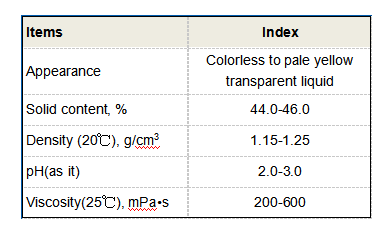octyl isothiazolinone
Octyl isothiazolinone, often abbreviated as OIT, is a widely used biocide and preservative in various industrial applications. This compound belongs to the isothiazolinone family, which is known for its effective antimicrobial properties. OIT is particularly favored in formulations for paints, coatings, adhesives, and personal care products due to its ability to inhibit the growth of bacteria, fungi, and algae, thereby prolonging the shelf life of these products.
One of the main reasons for the widespread usage of octyl isothiazolinone is its effectiveness at low concentrations. This characteristic allows manufacturers to achieve desired preservative effects without compromising the integrity of their products. In personal care items like shampoos and lotions, OIT helps to prevent microbial contamination, which can be detrimental to both the product's quality and the safety of users.
However, the use of octyl isothiazolinone is not without controversy. Recent studies have raised concerns about its potential allergenic effects on human skin. Some individuals may develop sensitivities or allergic reactions upon contact with products containing this preservative. This has prompted regulatory bodies in various countries to reassess permissible limits and labeling requirements for products that contain OIT.
octyl isothiazolinone

Additionally, environmental considerations are significant in the ongoing debate regarding the use of octyl isothiazolinone
. This preservative is persistent in the environment, and its potential impact on aquatic life has garnered attention. Biocides, including OIT, can accumulate in water systems, leading to adverse effects on biodiversity. As a result, many manufacturers are exploring alternative preservatives that provide similar efficacy while minimizing environmental risks.In response to consumer demand for safer and more sustainable products, the cosmetic and personal care industry is evolving. Many brands are now opting for formulations that are free of certain controversial preservatives, including octyl isothiazolinone. This shift not only addresses consumer concerns but also aligns with a broader movement toward greener practices in product development.
In summary, octyl isothiazolinone is a significant biocide used across various industries, known for its effective preservation qualities. While it provides essential benefits in preventing microbial contamination, concerns regarding skin sensitization and environmental impact have led to increased scrutiny of its use. As industries evolve, the future of OIT in formulations may depend on balancing efficacy with safety and sustainability, making way for innovative alternatives that meet both consumer safety standards and environmental considerations.
-
Understanding Polycarboxylic Acids: Properties, Applications, and Future PotentialNewsJul.28,2025
-
Scale Inhibitor Explained: How to Protect Your System from Limescale and Hard Water DamageNewsJul.28,2025
-
Scale and Corrosion Inhibitors: Essential Chemicals for Industrial Water System ProtectionNewsJul.28,2025
-
Polyaspartic Acid: A Biodegradable Polymer for Sustainable ChemistryNewsJul.28,2025
-
Isothiazolinones: A Versatile Antimicrobial Class with Industrial Power and Regulatory ChallengesNewsJul.28,2025
-
A Deep Dive into 2-Phosphonobutane-1,2,4-Tricarboxylic Acid (PBTC)NewsJul.28,2025





